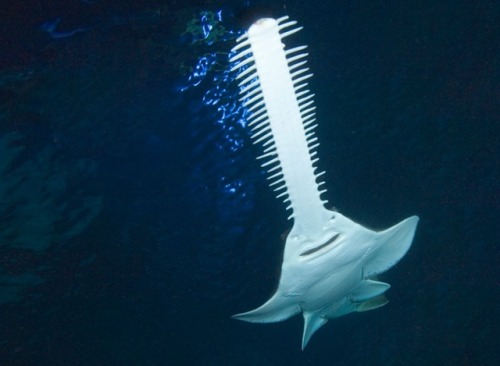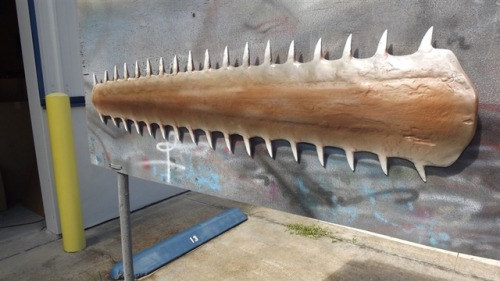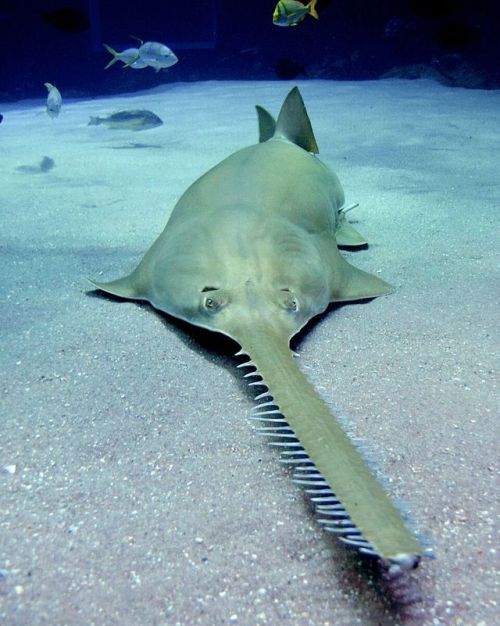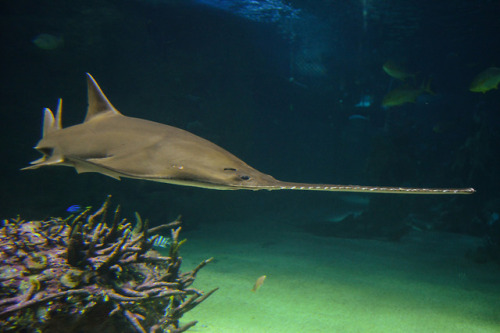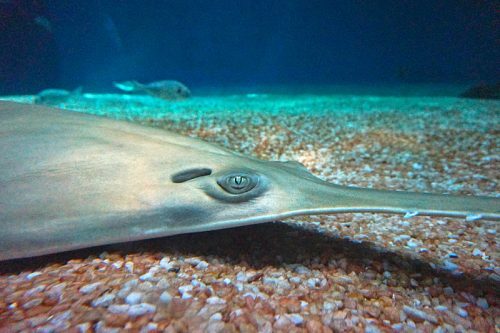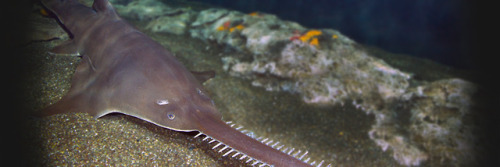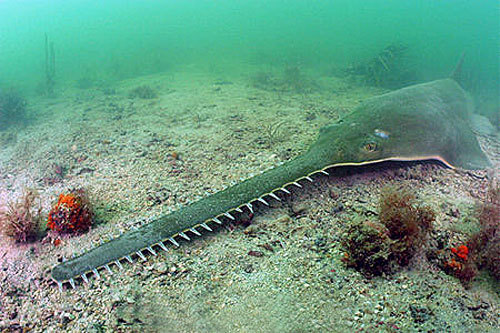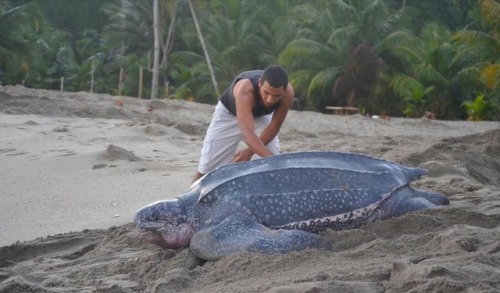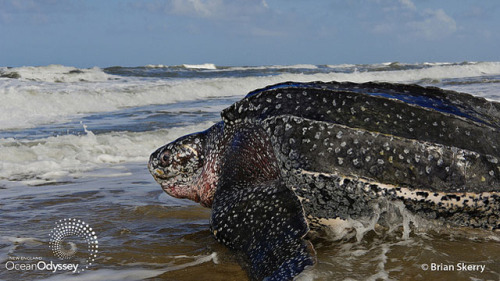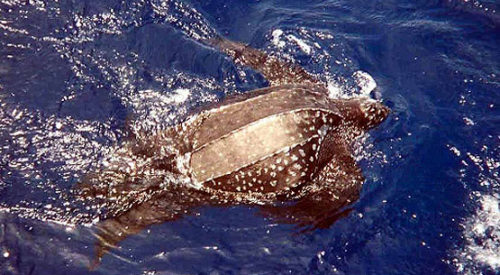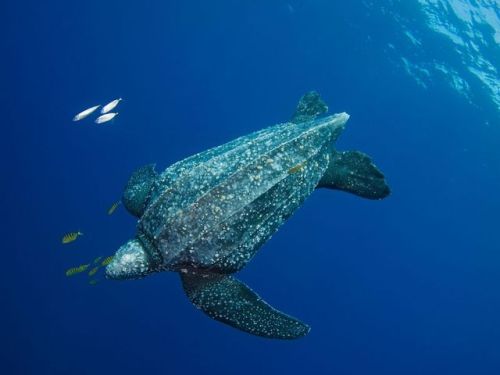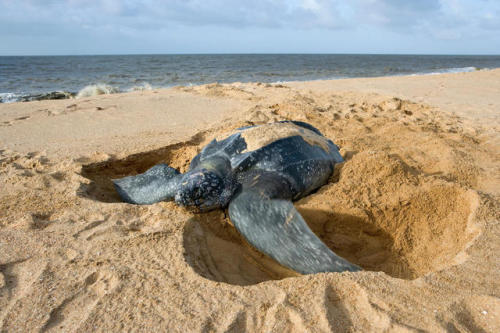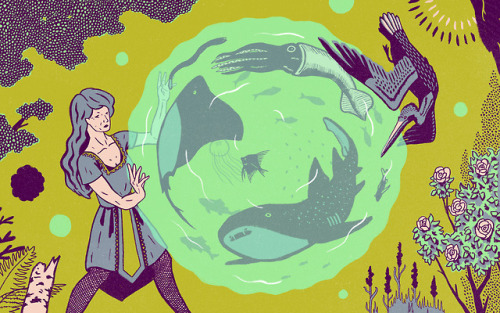#marine animals
This October I have been working on a series of marine skeletons! Here are the ones I’ve done so far:
A Harbour Seal:

A Stingray:

And a Seahorse:

Stickers are coming to my Etsy shop soon!
This month is inktober!! A marine biologist I follow on IG (@marinemumbles) is holding a series of art prompts called #rockpoolaroid with a list of ocean themed prompts that I am very excited to work on! October is a month for celebrating creativity (no matter skill level) - feel free to join along on IG!
Enjoy my first messy watercolour of the month - a crab!




Finally caught up and added some Sea Star/Sunstar stickers to my Etsy shop!! Next up will be some awesome postcards
https://www.etsy.com/ca/shop/Squiddllr?ref=notif_nfyfs&order=date_desc

Perfect way to add a taste of the ocean to your notebooks or water bottles ❤️
https://www.etsy.com/ca/shop/Squiddllr?ref=notif_nfyfs&order=date_desc



Six-rayed Sea Star
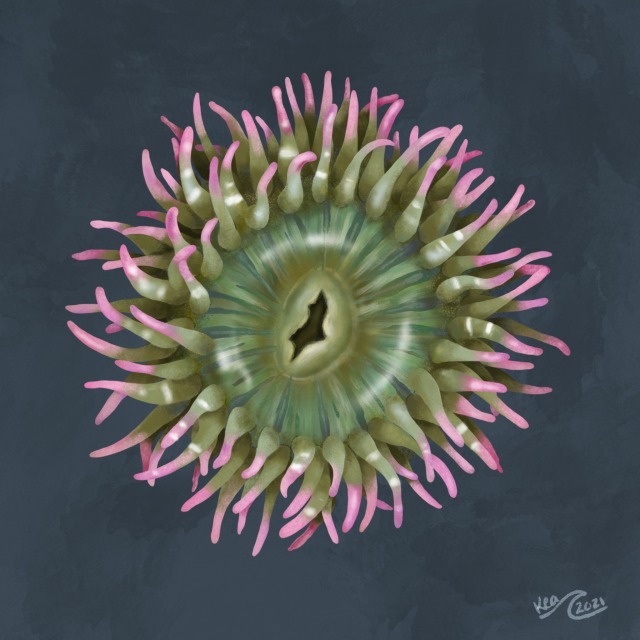
Love spending my time drawing flowers of the sea
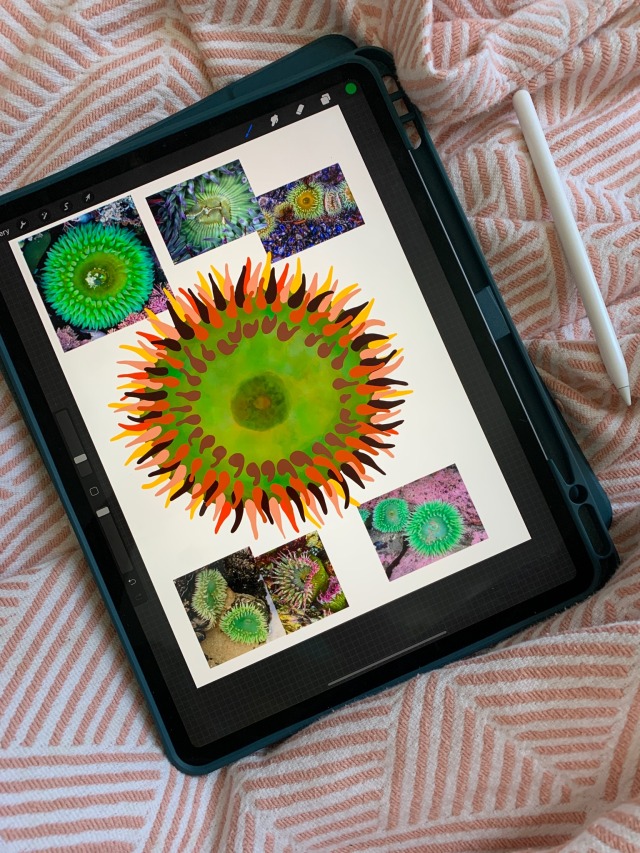
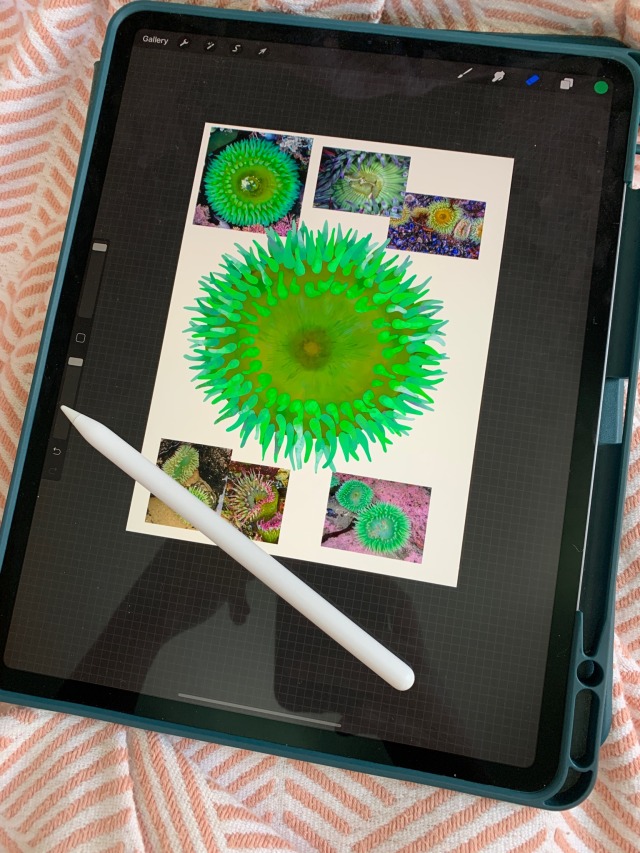
Currently working on filling my screen with Salish Sea Anemones

Moonglow anemone

An hour and a half in - love how these tentacles are turning out (only on the second layer!!!) but definitely sad to see the bright colours go

I’m starting to work on a sea anemone and I’m loving how hectic and colourful my base layer looks each colour is a different layer - so many tentacles to draw and add details to!!

These stickers have been selling like crazy! I had to order a whole new batch of them - thank you so much for all the amazing support!!
https://www.etsy.com/ca/listing/898060827/vinyl-giant-pacific-octopus-sticker?ref=shop_home_recs_26

Egg-yolk jellyfish are a beautiful jellyfish found in the waters along the West Coast. Hitchhikers like crabs have been found catching a ride inside their bell (the umbrella shaped top)- which is something I REALLY want to see!
Happy pride month everyone! I am so excited to be spending this month talking about how diverse sex, mating, and gender are in the ocean (or water)!






Head to my Instagram to enter my World Oceans Day giveaway for the chance to win one children’s T-shirt size 4 and three octopus stickers!
Haven’t posted a video in a while. We went tidepooling yesterday and saw these adorably tiny thick-horned Nudibranchs I am definitely obsessed (and had a hard time leaving them behind haha)

Ooh look what just came in the mail I’ll be adding them to my shop soon!

Blood star… why are you such a simple but complex being??? After hours of drawing and redrawing I think I’ve reached a star that I like and that represents the many blood stars I’ve seen hidden in between rocks. Next up I will spend days agonizing over the leather star



Did you know that sea urchins in the wild wear shells, rocks, leaves, and algae as hats? It’s theorized that they use the hats to help weigh them down and to protect them from predators. They might even help protect the urchins from UV rays and help camouflage them.
In aquariums apparently urchins kept taking parts of the exhibit to use as hats - including items like baby corals. To help keep the exhibits intact, staff started printing small 3D hats for urchins. These hats were not only functional - but made aquarium urchins so much more fashionable than their wild friends.
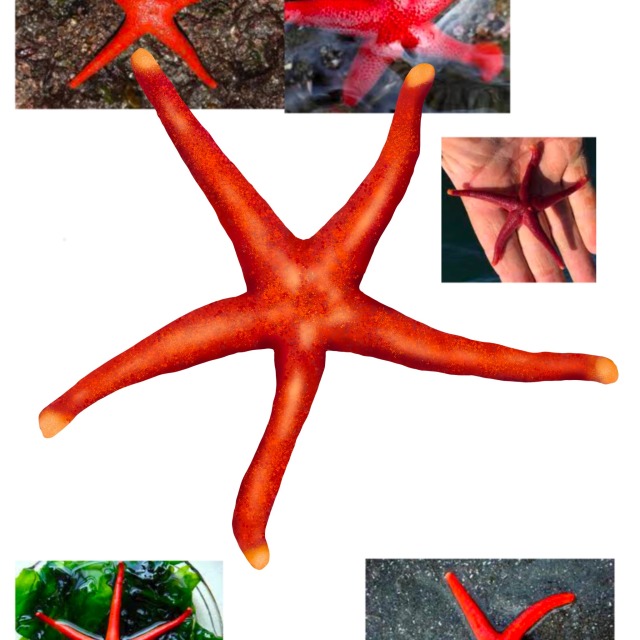
Working on this blood star right now what’s your favourite sea star species?

Look at the spikes on this one! This Frosted Nudibranch (dirona albolineata) was super intimidating at first - but I actually loved playing with the many layering “spikes”. Crazy to see all the forms these creatures come in

Here’s a better photo of my Monterey Sea Lemon and Atlantic Ancula


My hands have decided to cooperate today so I’m taking some time to work on more Salish sea Nudibranchs while I listen to crooked kingdom! Did anyone else binge Shadow and Bone on Netflix?



New postcards arrived in the mail today!! Decided to try semi-gloss finish and I love how they turned out

My bird art is now available on an eco-friendly sticker sheet!
Sawfish were once very common in their range, but are now amongst the most threatened marine fish. Although they are technically rays, not sharks, sawfish fins are prized for sharkfin soup, and sawfish parts are often used in Chinese, African, South American, Mexican, and Indian traditional medicine. They are also popular game fish, and their saws and teeth command high prices as souvenirs and trophies. Because of this frequent overfishing and rising pollution rates, most species of sawfish are now critically endangered.
Post link
There has been much speculation as to the purpose of the sawfish’s saw. Speculation was that they were used to literally saw chunks of meat from large prey such as whales or dolphins. In fact, the saw is lined with thousands of sensory organs that allow the sawfish to detect the electric fields emitted by living creatures, thus helping them track prey. Once a fish is detected, the sawfish will strike the prey with a sideways slash of the saw, stunning it, or else use the saw to pin it to the sea floor. While the saw is not used specifically to cut prey, a fish may be sliced in half by a particularly vigorous swipe. The saw is also used to defend the sawfish against large predators such as sharks, or in battles with rivals.
In contrast to stories of sawfish cutting through the bottom of boats or sawing humans in half, sawfish are known to be docile and harmless animals when left undisturbed.
Post link
Thegreen sawfish, also known as the longcomb sawfish or narrowsnout sawfish, is quite possibly the largest species of sawfish, historically reaching lengths of up to 24 feet. It was once found in 37 separate countries, but now populations have been confirmed in only 11. The total population of this fish has declined by over 80% in the past three generations, making it critically endangered.
Post link
Thelargetooth sawfish is not only is number 1 on the EDGE Shark list, but also has the highest-ranking score of any EDGE species! While it is also known as the common sawfish, it is now critically endangered. Once found in over 75 countries, it is present in less than a third of its former range and is considered critically endangered. It is still, however, the species of sawfish most commonly found in captivity.
Post link
Sawfish are sometimes called “carpenter sharks”, but they are actually members of the ray family. They are among the world’s largest fish, with some species reaching up to 25 feet in length. Their most recognisable feature is, of course, the long, flattened, tooth-lined rostrum protruding from their face.
Post link
TheSeri, or Comcaac, people of the Sonora coast have had a long and important relationship with the leatherback. Considered to be one of their five creator deities, the capture and release of a leatherback is cause for ceremony and celebrations. In recent years, however, the nation has noticed the drastic decline of the leatherback population and decided to take action. The new conservation movement, called Grupo Tortuguero Comaac, consists of both elders and youths and uses both modern technology and tradition knowledge to monitor turtle populations and research their foraging habits. Five person teams consisting of an elder, two younger team members, and two trainees make monitoring expeditions into the Canal de Infiernillo, the center of Seri territory and a site of extreme importance for migrating juvenile turtles. This has proven an effective means of both monitoring local turtle populations and passing traditional knowledge on to the younger generations.
Post link
Theleatherback turtle has no teeth. Instead, its throat is lined with backwards-pointing spines designed to snag prey and prevent it from escaping once the turtle bites down.
Post link
During the breeding season, a female leatherback turtle will return to a sandy beach in the same region where she was born. At night, when the chances of predation are lowest, she will haul herself up onto the sand, dig a pit, and lay her eggs. She may lay up to nine clutches of over one hundred eggs, with nine days passing in between the laying of each clutch.
Nesting season is the only time adult leatherbacks will be found on the land, and the animals will consist only of females. Once a male leatherback has entered the sea, he will never leave it.
Post link

Tiny sea bunny (Instagram @qelffy)
Manta ray earstuds (instagram @qelffy)

This photo has stuck with me for years. Balance in all things. @annieguttridge on Instagram

It’s a bird, it’s a plane, it’s…a sea slug! The spanish dancer nudibranch brings a new level of excitement to diving with slugs. Where most nudis amble slowly over their environment, the spanish dancer can actively swim by twisting its body and pumping water with its large, flowing “skirt.” The fluffy tuft on its back end are actually gills, and give the nudibranch its name - nudi meaning naked, and branch meaning gills! Found at @reefdivers on Instagram.

You’ve heard of a hammerhead shark, but have you ever heard of a winghead shark? Little is known about this eccentric-looking species and why they’ve evolved such an exaggerated hammer-head, called a cephalofoil, though the current popular theory is that the larger surface area is simply better at detecting prey buried beneath the sand. The youngster in this image was captured for tagging and released. This species is endemic to northern Australia and is classified as Near Threatened.
Photo credit: Dr. Tristan Guttridge

